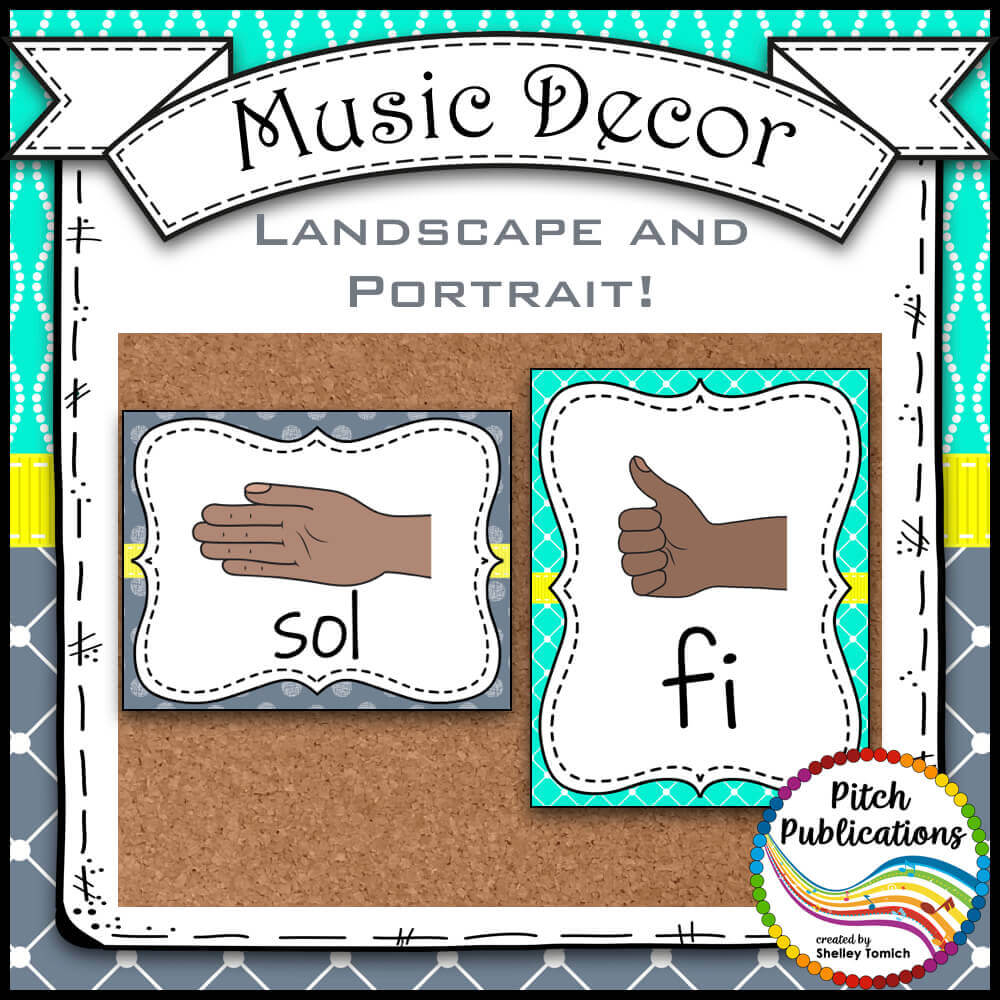

Furthermore, if your inner hearing skills are developed, you can look at the music score and hear it in your head. You can see the notes and hear the sound. There is no need to play, sing, or hum it.

Inner Hearing is sometimes called “Audiation.” It is the concept of being able to hear individual notes or even music in our head just by looking at the written score. That sounds like a strange description, but it has a simple meaning and one you may already be familiar with. After a while, you can take up the postures automatically on request. Retaining that information is enhanced by the hand shapes and the height differences. Teaching that way can teach the brain to associate hand movements with a pitch. It isn’t easy to learn anything about ‘sight-singing.’ However, it can be made easier by connecting aural skills with hand signs. Later on, those who continued with their music had the beginnings of solfege hand signs explained. He would put five on his left hand and two on her right hand. Tibbles, and his wife would put colored thimbles on their fingers. Going back to my childhood, I can remember music lessons at my secondary school. Teachers and Music Tutors wouldn’t use them if there was not a worthwhile reason. What Is The Purpose Of Solfege Hand Signs? Re – A little higher in front of your chest.Making The Shape Of The Sign With Your Hand They are linked with the solfege pitches doh – re – mi – fa – sol – la – ti. They can all be made by using just one hand. The seven notes of the solfege system are each given a hand shape. Furthermore, this will assist with recognition and the reading of the pitches for musical performance. The idea was to give the student a physical association within the pitch system. Each of these hand signs represents a different pitch in tonal scale. The solfege hand signs, or to give them their correct name, the Curwen hand signs, are a set of hand movements. There is a Fixed Doh system, but that is not seen so often these days. That is, it moves to a ‘C’ or ‘D’ or any other note that is the starting note. By that, we mean that the symbol ‘doh’ moves and goes to the starting note of the major scale we are in. This is known as the Moveable Doh System. Therefore, if we used ‘D,’ then Doh would be the ‘D’ note. For example, we used the major scale of ‘C,’ where Doh is the ‘C’ note. The Doh is always the starting note of the major scale. In solfege these notes are written and sung as: That scale has seven notes and an octave. To make it clearer, let’s use the scale of C major. The solfege system assigns a specific syllable that is used for that note. There are two diatonic scales, major and minor. This has seven notes, A – B – C – D – E – F and G. Solfege is set around the diatonic scale. What is Solfege?īefore we go into looking at the hand signs we are going to be talking about, let’s just clarify what solfege is. But, it was through the Kodaly system that they became popular to use. It was Curwen who developed the hand sign practice. However, one addition Kodaly made to his system was the addition of those solfege hand signs. It was the Englishman, John Curwen, where Kodaly found solfege. He used ideas that had been developed in other countries, including Britain and Switzerland. One of the techniques he used was solfege. He devised his system to improve the effectiveness of teaching music in Hungarian schools. This was developed by a Hungarian music teacher and composer, Zoltan Kodaly, as recently as the middle of the 20th century. Possibly one of the most well-known and popular methods for teaching music is the Kodaly method. What Is The Purpose Of Solfege Hand Signs – Conclusion.Interested in Learning More About Music?.Connecting Aural and Kinesthetic Skills.What Is The Purpose Of Solfege Hand Signs?.Making The Shape Of The Sign With Your Hand.So What Exactly Are Solfege Hand Signs?.


 0 kommentar(er)
0 kommentar(er)
